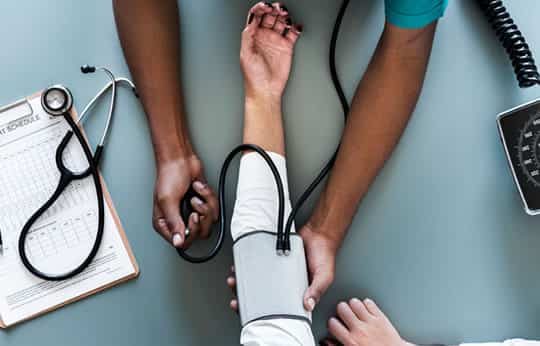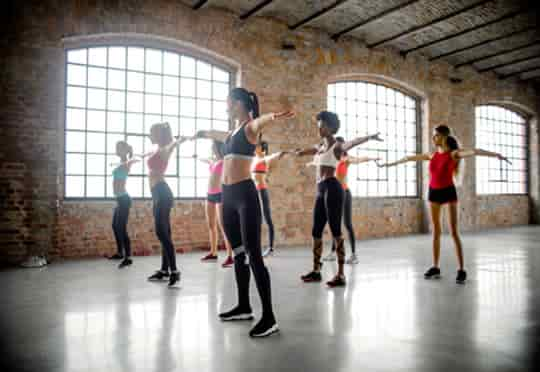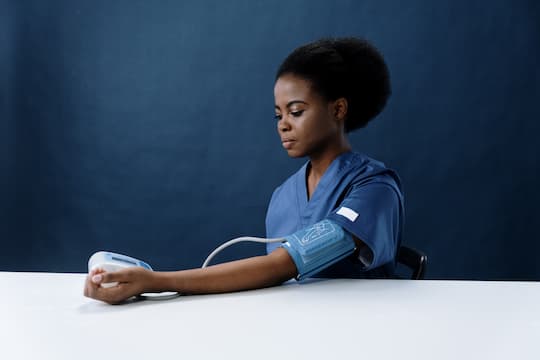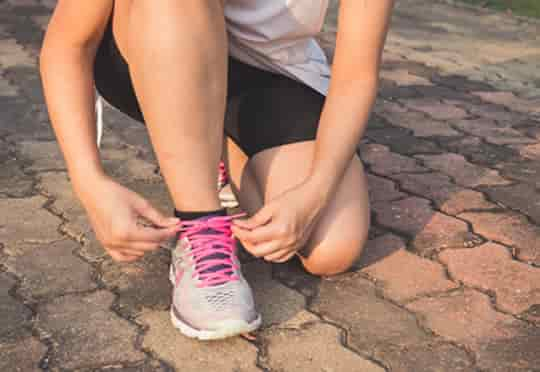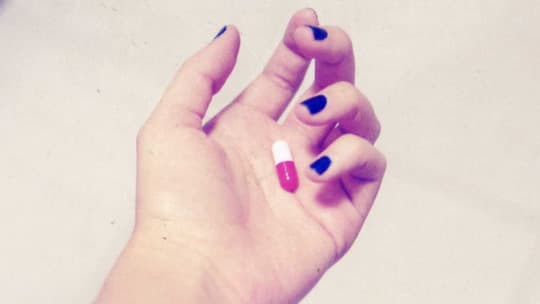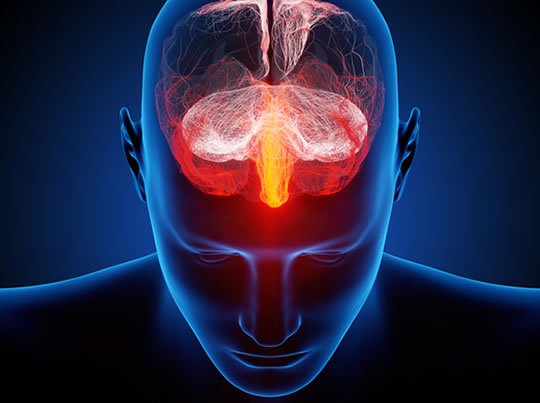Around one-in-three people in the US suffer from high blood pressure.
Spinach, beans, bananas, avocados and even coffee are among the foods that could lower blood pressure, research finds.
All contain potassium which, along with lower sodium, can help to reduce hypertension.
Around 5 grams of potassium per day is required to lower blood pressure.
Three-quarters of a cup of black beans would provide half this amount.
Around one-in-three people in the US suffer from hypertension (high blood pressure).
Around half of all deaths from heart disease and stroke are caused by hypertension.
Professor Alicia McDonough, the study’s first author, said:
“Decreasing sodium intake is a well-established way to lower blood pressure, but evidence suggests that increasing dietary potassium may have an equally important effect on hypertension.”
The conclusions come from a scientific review of the link between sodium and potassium intake and blood pressure.
The results showed that people who consumed more potassium had lower blood pressure, regardless of the amount of sodium they had in their diet.
The body automatically balances sodium and potassium levels.
Professor McDonough said:
“When dietary potassium is high, kidneys excrete more salt and water, which increases potassium excretion.
Eating a high potassium diet is like taking a diuretic.”
Salt tastes so good because our ancient ancestors got little in their diet.
On other hand, they got plenty of potassium since their diet was high in fruits, roots, vegetables and beans.
Modern processed foods, though, contain high levels of salt to satisfy our inbuilt cravings.
Professor McDonough said:
“If you eat a typical Western diet, your sodium intake is high and your potassium intake is low.
This significantly increases your chances of developing high blood pressure.
The study was published in the American Journal of Physiology – Endocrinology And Metabolism (McDonough et al., 2017).
